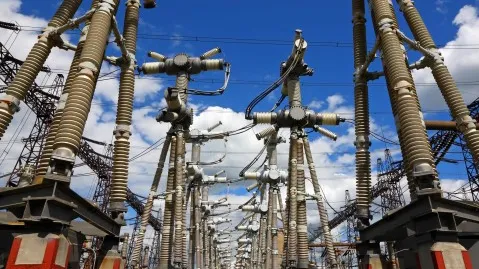
How energy intensity improvement can help achieve net-zero emissions by 2050
Doing this can avoid 95EJ of energy demand by 2030, the IEA said.
Doubling the current rate of energy intensity improvement, which is a key measure of an economy’s energy efficiency, from 2% to 4% by 2030 is needed to achieve the net-zero emissions by 2050 scenario, according to the International Energy Agency (IEA).
In an analysis report, the IEA referred to energy efficiency as the “first fuel,” noting that the “cleanest, cheapest, and most reliable source of energy” is what countries can avoid using whilst ensuring that its citizens are provided with full energy services.
“Without early action on efficiency the energy transition to net-zero emissions will be more expensive and much more difficult to achieve,” the IEA said. “With accelerated action, the global economy by 2030 could be around one third more energy efficient than in 2020.”
An accelerated improvement in energy efficiency and related avoided energy demand measures can also help avoid 95 exajoule (EJ) of final energy demand in 2030. Without the additional actions, final energy demand could be 18% higher in 2030, instead of around 5% lower as stated in the net-zero scenario, the IEA said.
The avoided energy demand was due to various measures which include technical efficiency, electrification, behaviour change, digitalisation, material efficiency, and other fuel switching.
It can also be achieved even by the economy growing by 40% and supporting around additional 800 million more people.
The agency noted that in 2021, the world saw the largest ever annual increases in energy-related carbon dioxide emissions from two gigatonnes (Gt) to 36Gt of emissions, “more than offsetting the decline in 2020.
However, the energy intensity of the global economy improved by around a quarter, resulting in avoided emissions of about 8Gt in 2019.
“This means that energy intensity improvements in the economy are offsetting almost half of the emissions growth that could have happened,” it said.
Read also: Energy-related CO2 emissions reach all-time high in 2021: IEA








![Cross Domain [Manu + SBR + ABF + ABR + FMCG + HBR + ]](https://cmg-qa.s3.ap-southeast-1.amazonaws.com/s3fs-public/styles/exclusive_featured_article/public/2025-01/earth-3537401_1920_4.jpg.webp?itok=WaRpTJwE)
![Cross Domain [SBR + ABR]](https://cmg-qa.s3.ap-southeast-1.amazonaws.com/s3fs-public/styles/exclusive_featured_article/public/2025-01/pexels-jahoo-867092-2_1.jpg.webp?itok=o7MUL1oO)









 Advertise
Advertise


